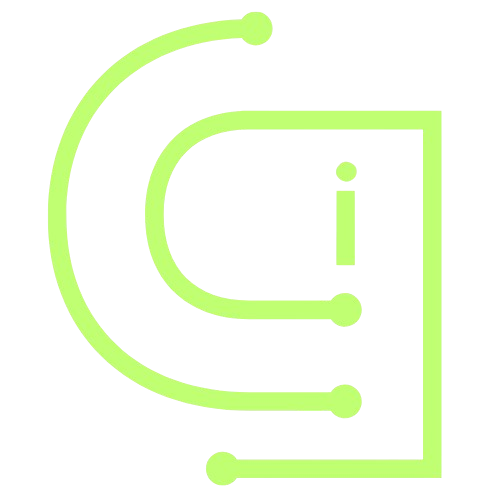In the dynamic world of animation and CGI (Computer-Generated Imagery), the journey from a hand-drawn sketch to a fully rendered 3D animation is a fascinating blend of creativity and technology. This transformation process, where a storyboard evolves into a vivid 3D scene, is essential for bringing stories to life. At CGI Only, we excel at guiding this journey, ensuring that every transition from 2D storyboard to 3D animation captivates and engages viewers.
What is a Storyboard in Animation?
A storyboard is a crucial first step in the animation process, acting as the blueprint for the entire production. Essentially, a storyboard is a series of hand-drawn sketches or panels that visually represent each scene of a story. These drawings help animators and directors visualize the narrative, plan camera angles, and determine the animation’s pacing and flow. Think of the storyboard as the architectural plans for a building; it provides the structural foundation upon which the final animated film is constructed.
While storyboards are primarily 2D sketches, they play a significant role in the animation process by allowing creative teams to experiment with different ideas, visualize concepts, and refine the narrative before moving into more detailed stages of production.
The Process of Transforming 2D Storyboards into 3D Animations
Transitioning from a 2D storyboard to a fully realized 3D animation is a multi-step process that involves several stages, each adding a layer of depth and realism to the final product. Here’s how the transformation unfolds:
- 3D Modeling: The first step in creating a 3D animation is 3D modeling. Here, artists use specialized software to create digital versions of the characters, props, and environments. These models are crafted based on the storyboard sketches and are designed to be viewed from multiple angles, providing a foundation for the animation. This stage focuses on the geometry and structure of the objects, ensuring they have the correct proportions and shapes.
- Texturing and Shading: Once the 3D models are complete, they need textures and shaders to add color, detail, and material properties. Texturing involves applying 2D images to the 3D surfaces, giving them a realistic appearance, such as skin, fabric, or metal. Shading adjusts how light interacts with these surfaces, enhancing the realism of the models. This step is crucial for making characters and environments look lifelike and detailed.
- Rigging and Animation: Rigging is the process of adding a skeleton to the 3D models, allowing animators to move and pose them realistically. This step is vital for character animation, as it defines how the character will move and interact with its environment. Once the rigging is complete, animators use these rigs to create the movement and performance of the characters, bringing the storyboard sketches to life in a dynamic and engaging way.
- Lighting and Rendering: The final stages of the 3D animation process involve lighting and rendering. Lighting is used to create mood, highlight key elements, and enhance the realism of the scenes. Different types of lighting setups can dramatically change the appearance and feel of a scene. Rendering is the process of converting the 3D models, textures, and lighting into a final 2D image or video. This step involves significant computational power and can take a long time, depending on the complexity of the scene.
- Post-Production and Editing: Once the scenes are rendered, they are often brought into post-production software for final touches, such as color grading, adding effects, and sound design. This step is essential for creating a polished final product that is ready for viewers.
Why Choose 3D Animation for Your Projects?
3D animation offers numerous benefits for storytelling and marketing. It allows for greater creative freedom, as scenes and characters can be designed without the limitations of real-world physics or locations. 3D animations are also highly engaging and can convey complex ideas or emotions in a visually appealing way.
At CGI Only, we specialize in transforming storyboards into stunning 3D animations that captivate audiences and bring stories to life. Our team of experts uses the latest technology and software to ensure that every animation is of the highest quality.
Want to learn more about our 3D animation services? Visit our website at CGI Only to discover how we can help bring your creative vision to life.


